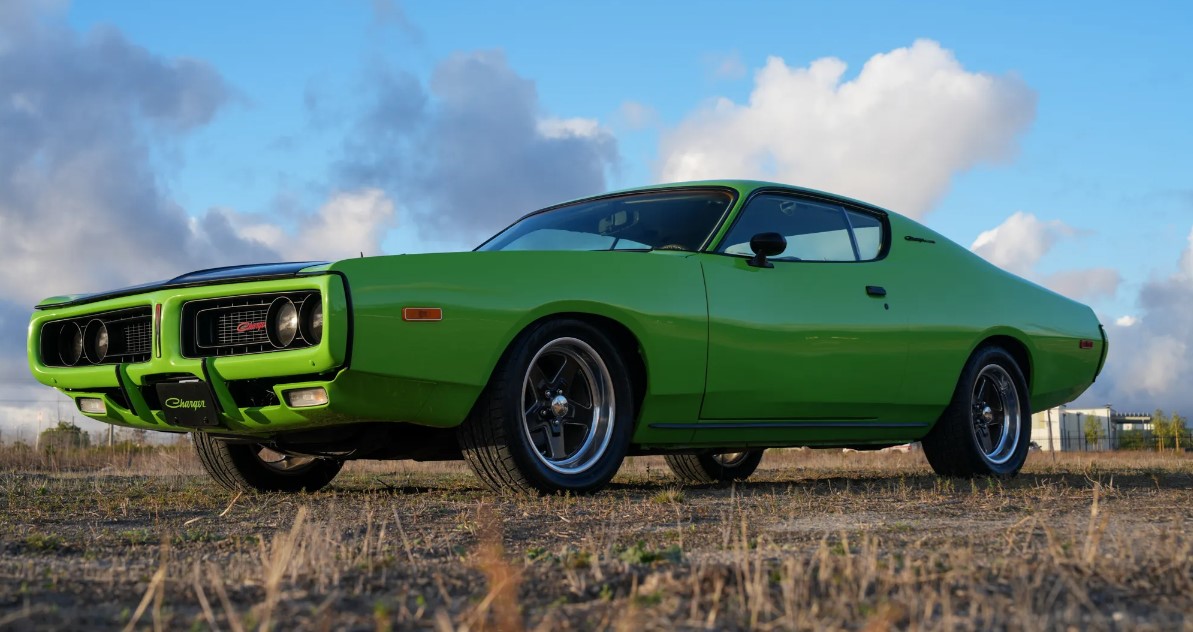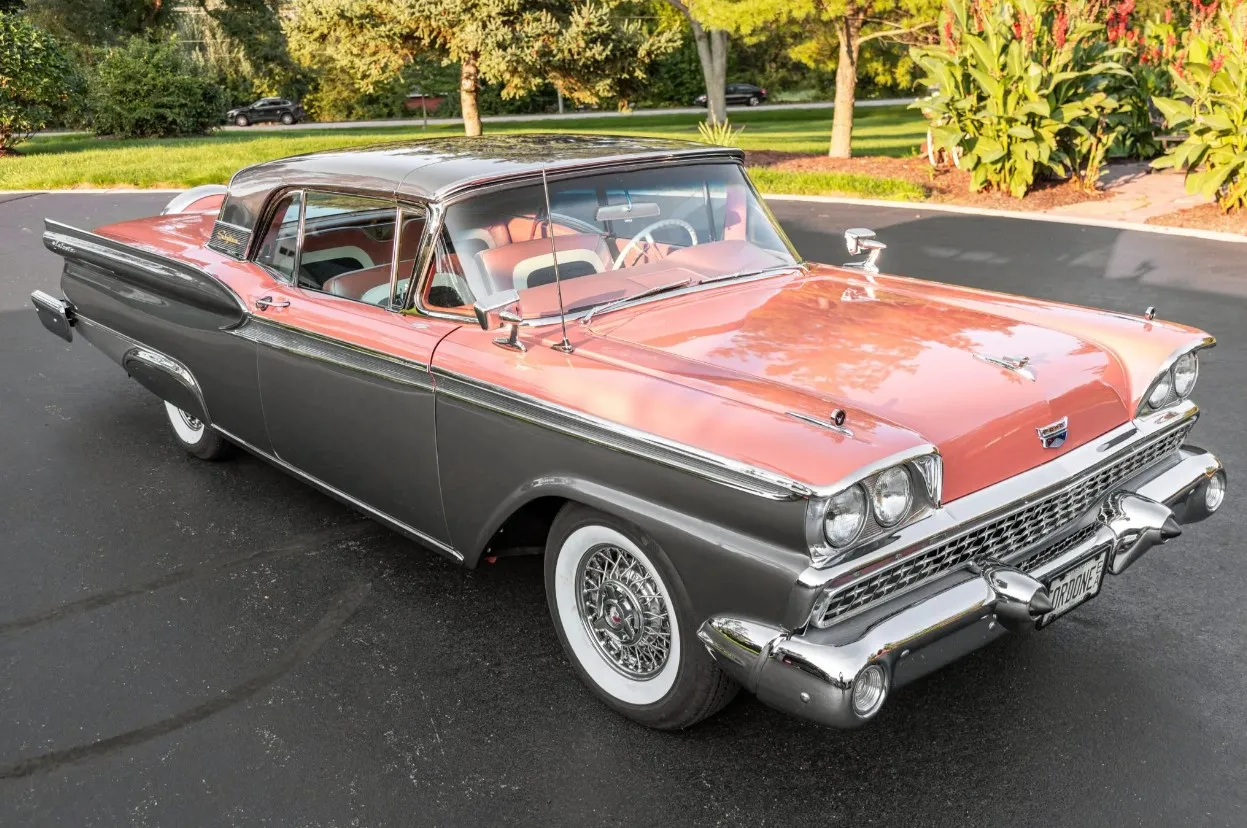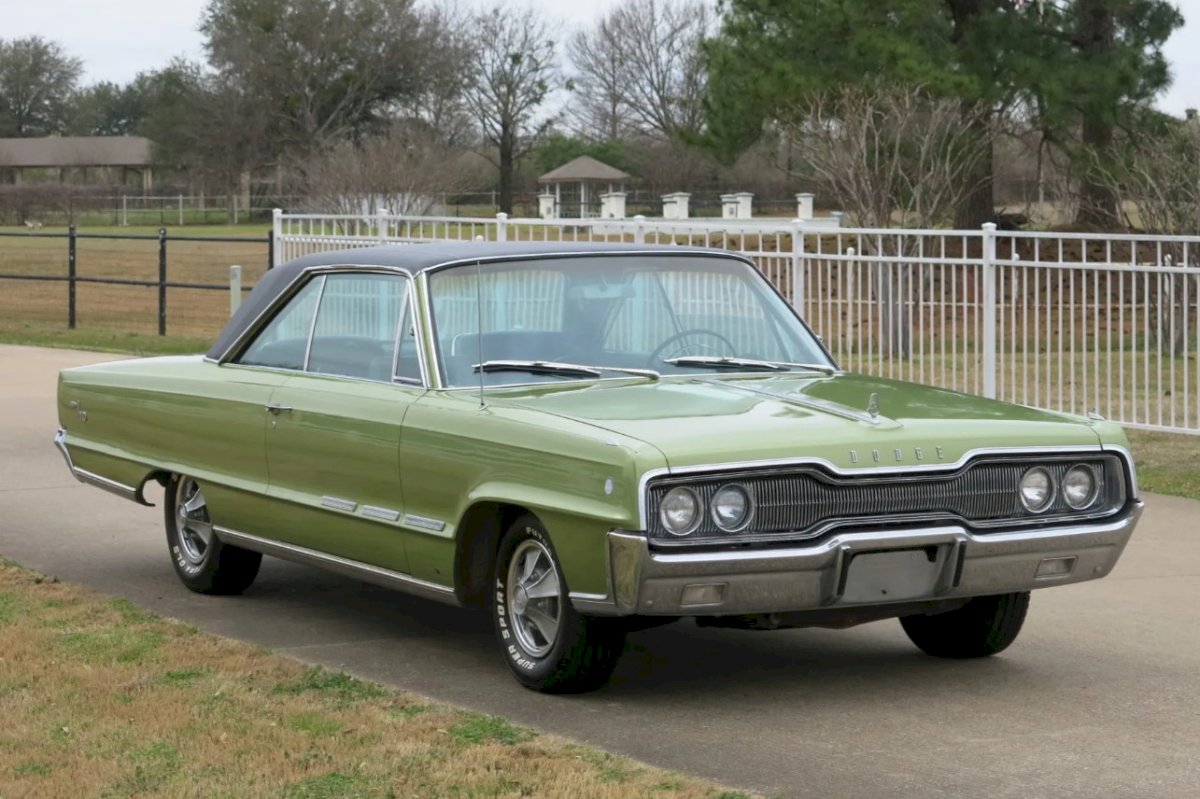In the realm of American muscle cars, the 1972 Dodge Charger stands as a testament to an era when horsepower ruled the streets and automotive design reached its zenith. As the last hurrah of the first-generation Charger, the 1972 model year encapsulated the essence of classic muscle, boasting a powerful presence, formidable performance, and a design that still turns heads decades later. Join us as we delve into the legacy of the 1972 Dodge Charger, a true powerhouse that left an indelible mark on the automotive landscape.
Body Color: Green
Engine Size: 318ci V8
Transmission Type: Three-Speed Automatic Transmission

Design and Styling

The 1972 Dodge Charger emerged at a time when muscle cars were facing increased scrutiny from regulators, leading to design changes and the adoption of safety features. Despite these challenges, the Charger maintained its aggressive and unmistakable styling. With its iconic Coke-bottle shape, fastback roofline, and bold front grille, the 1972 Charger exuded a sense of power and speed, even when standing still.

One notable design change from previous years was the elimination of the concealed headlights, replaced by a sleek, horizontally divided grille. The wraparound chrome bumper and distinctive tail lamps contributed to the Charger's distinctive appearance. The optional Rallye package added racing stripes, hood scoops, and other performance-oriented features, accentuating the Charger's sporty aesthetic.

Performance and Power

Under the hood, the 1972 Dodge Charger was offered with a range of engine options, catering to a diverse audience of performance enthusiasts. The base model featured a 225 cubic inch Slant Six engine, providing a respectable level of power for daily driving. However, true muscle car aficionados sought out the more potent engine choices available.

One of the standout powerplants was the 440 Magnum V8, a behemoth capable of delivering 280 horsepower and 390 lb-ft of torque. For those seeking the pinnacle of performance, the legendary 426 Hemi V8 was available as an option, churning out a formidable 425 horsepower and 490 lb-ft of torque. These engines, coupled with the Charger's robust suspension and handling, transformed it into a street-racing icon, dominating drag strips and highways alike.
Interior Comfort and Amenities

While the focus of the 1972 Dodge Charger was undeniably on performance, the interior did not take a back seat in terms of comfort and style. The Charger featured a driver-centric cockpit with a three-spoke steering wheel and a wraparound dashboard housing a set of gauges. Optional high-back bucket seats and a center console added a touch of luxury to the muscular interior, providing both comfort and support during spirited driving.

In an era when options and personalization were key selling points, the Charger offered an array of interior features and amenities. Air conditioning, power windows, and upgraded audio systems were available, allowing buyers to tailor their Charger to suit their individual preferences. The Charger's interior was a harmonious blend of performance-focused design and driver-centric comfort.
Cultural Impact and Enduring Legacy

The 1972 Dodge Charger occupied a unique space in the automotive landscape, representing the swan song of the original Charger design before the model underwent significant changes in subsequent years. Its presence in popular culture, including appearances in movies and television shows, solidified the Charger's status as an enduring symbol of American muscle.
The Charger's iconic status is further exemplified by its inclusion in the Fast and Furious film franchise, where a modified 1970 Charger, similar in style to the 1972 model, became synonymous with the character Dominic Toretto, played by Vin Diesel. This association reignited interest in the classic Charger, sparking a renewed appreciation for its timeless design and raw power.
Restoration and Collectibility

As with many classic cars, the 1972 Dodge Charger has become a sought-after gem for collectors and automotive enthusiasts. Restoring these iconic vehicles has become a labor of love for those dedicated to preserving the heritage of American muscle cars. Meticulous efforts go into recreating the original styling, reviving the potent engines, and restoring the interiors to their former glory.
The scarcity of well-preserved models, especially those equipped with the high-performance engines, has contributed to the Charger's increasing collectibility. Restored 1972 Chargers fetch a premium on the classic car market, as enthusiasts and collectors recognize the historical significance and timeless appeal of these vintage muscle machines.
Conclusion

The 1972 Dodge Charger stands as a symbol of an era when muscle cars ruled the roads and automotive design reached new heights. Its unmistakable styling, formidable performance, and enduring cultural impact have solidified its place in the pantheon of American muscle cars. As enthusiasts and collectors continue to appreciate the legacy of the 1972 Charger, it remains a testament to a bygone era, where the open road beckoned, and the roar of a V8 engine defined the thrill of the drive.
Video Gallery
Photo Gallery



























